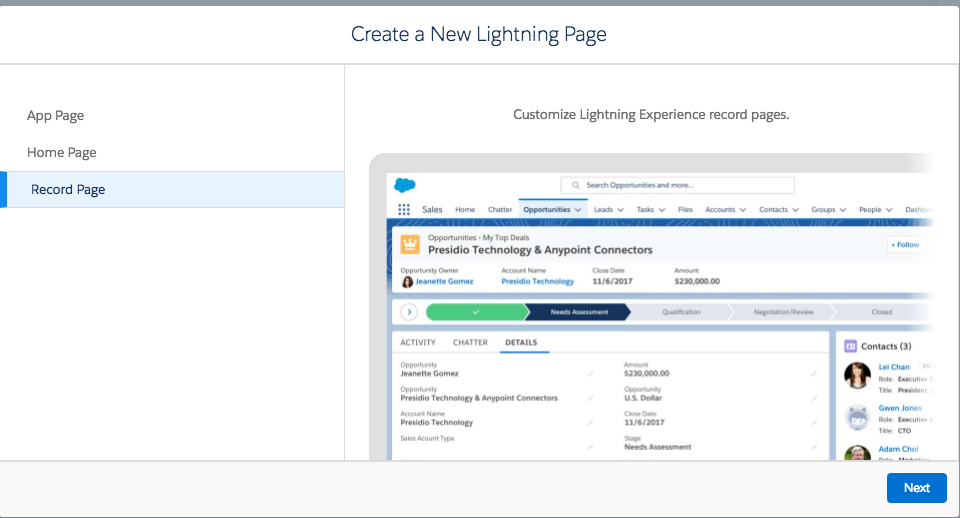
A lot had changed in Lightning since publishing that post in 2016 (and I’ve implemented several Lightning orgs since then too!), so this post will take a fresh new look at the elements that control the UI. In Customizing Salesforce’s Lightning Experience, I took a high-level look at how to customize the look of feel in Lightning. Either way, it’s important to learn and play with all elements of Lightning so that when issues arise, you know where to look.


Perhaps this is because the transition from Classic to Lightning is still underway and both systems are not yet fully unified in Setup, or perhaps it’s just the inherent tradeoff to modularization of the UI. With flexibility comes a layer of complexity. With its module design, and the ability to assign pages at a granular level, users will notice an improved navigational experience, and quick access to critical data elements (assuming you know how to modify the user experience in Lightning).īut, unlike Classic, there are more layers to manage in Lightning. What excites me most about Lightning Experience is the flexibility of the user interface.


 0 kommentar(er)
0 kommentar(er)
